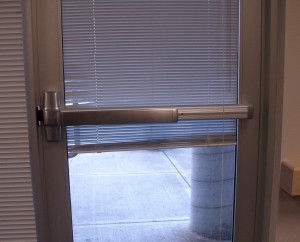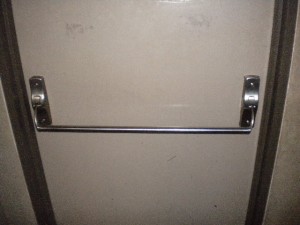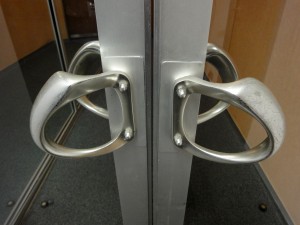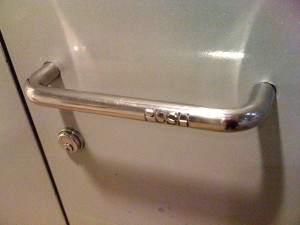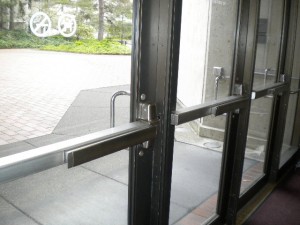Over the course of the weekend I participated in a usability study for T-Mobile. Although I am not at liberty to discuss the details of the study I can tell you what I learned from it. Usability testing is something that companies will do in order to see what parts of a design work well and what parts don’t. This method of testing is important. However, many companies don’t do it. In fact, T-Mobile doesn’t do it very much itself. It doesn’t even have a usability department, it has to hire outside contractors to get their testing done. The reason most companies don’t do usability testing is because it takes a while to do. You have to find people, schedule appointments and conduct the research. Once research is conducted it takes time to find correlations between information provided. Most of the research done is qualitative not quantitative. So this can slow down the process as well.
Usability testing is a very important method that should be utilized more often. Although most designers are competent in their method of design it is still important to have your products put through tests to make sure it’s not too difficult to use. This is just another method that designers should consider. If you are not sure how to design for the user, have your products tested. Usability testing is also a good way to learn new things about how people interact with their surroundings. The information that you gather from one test can be used to help design something else. It helps make designing easier and products less complicated for the user.


